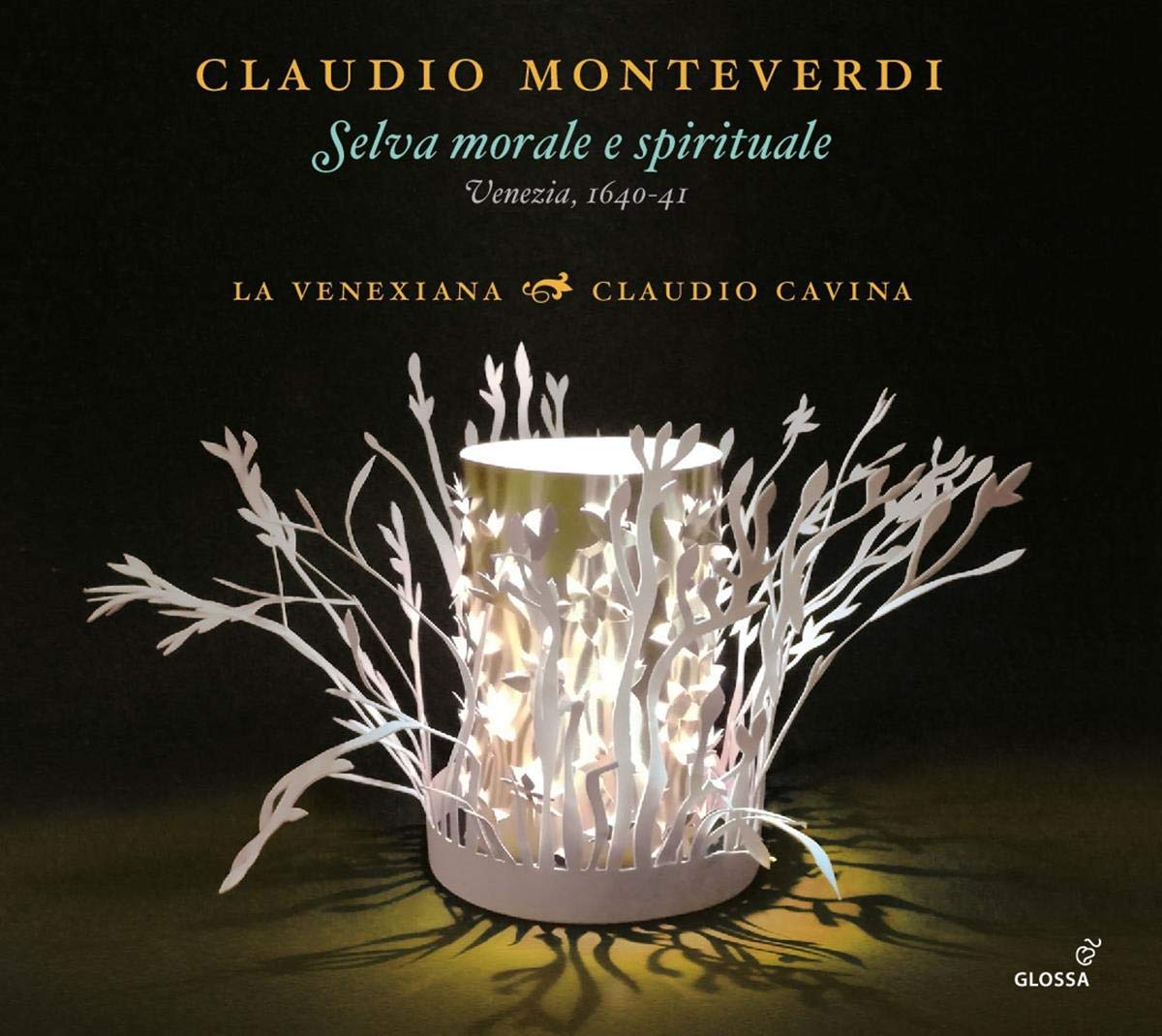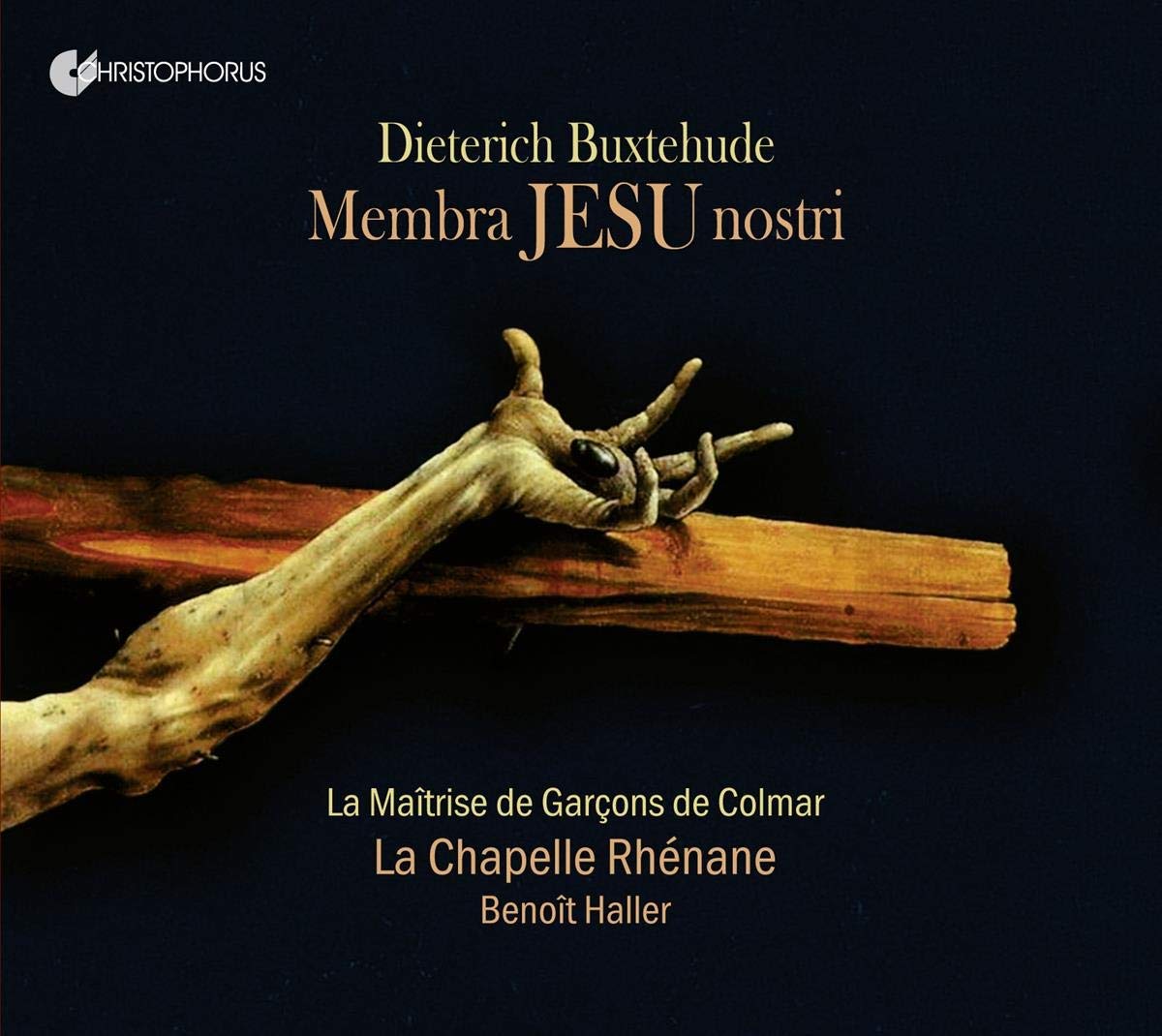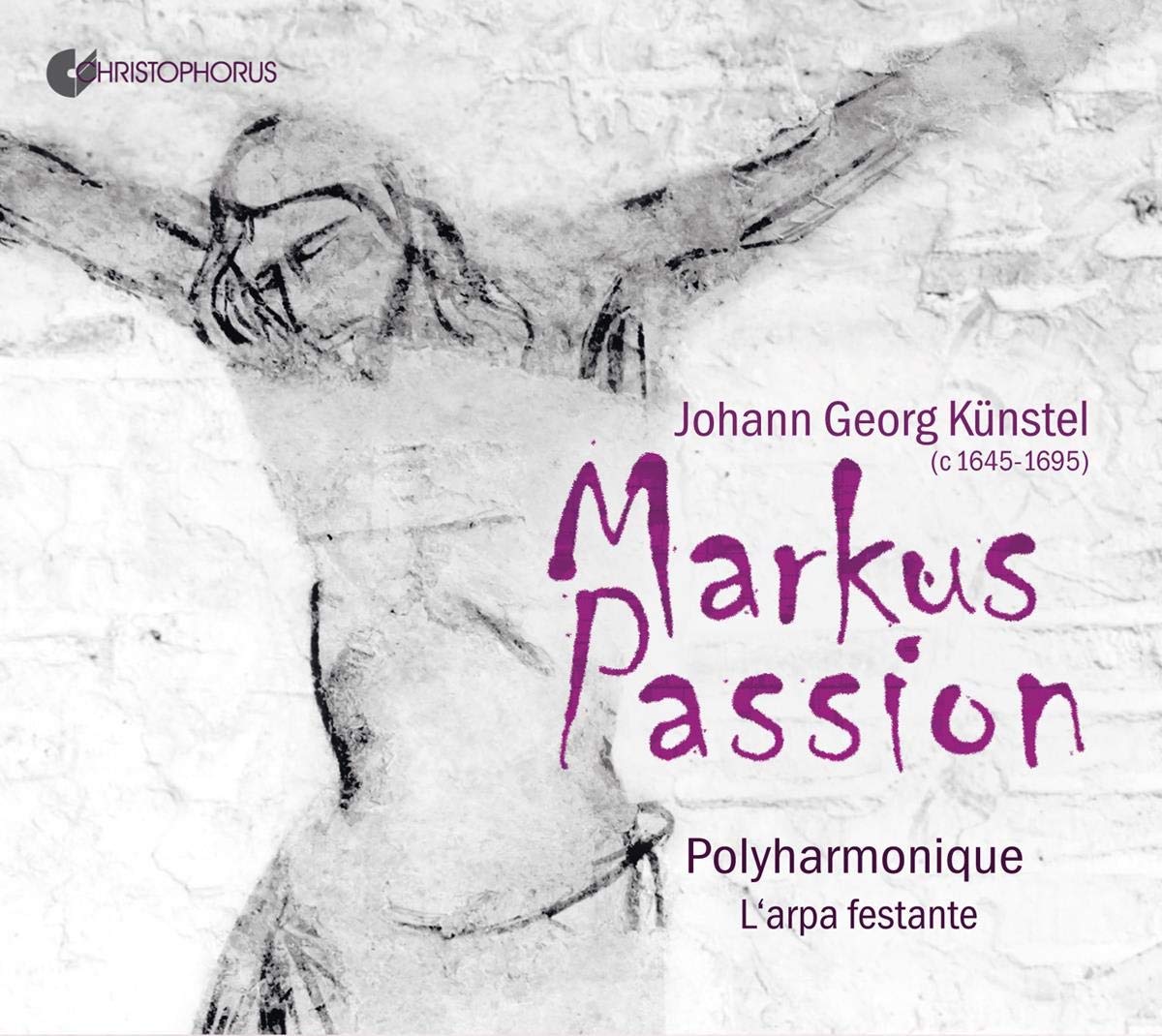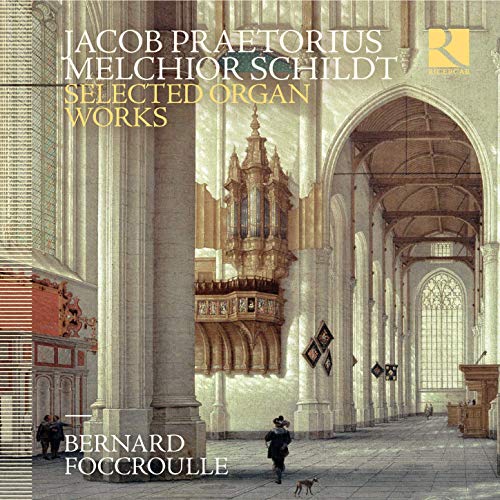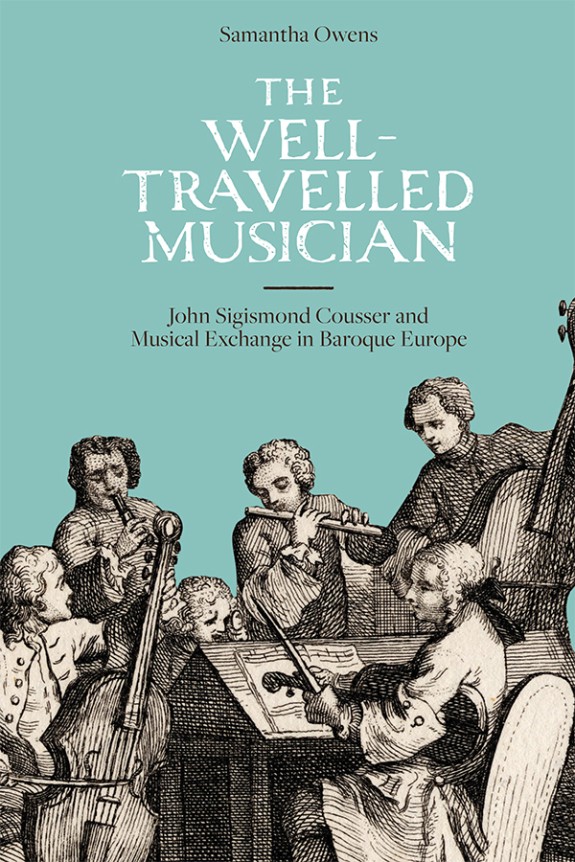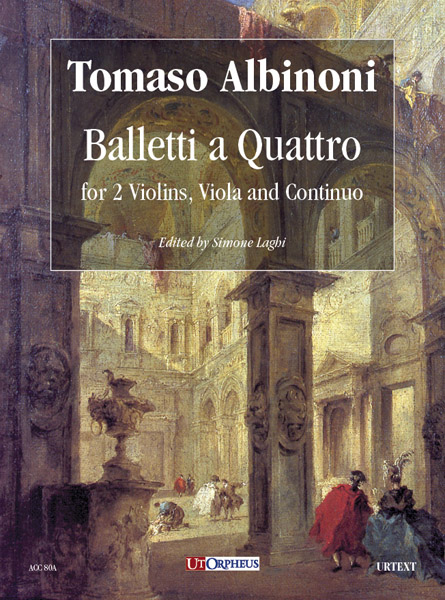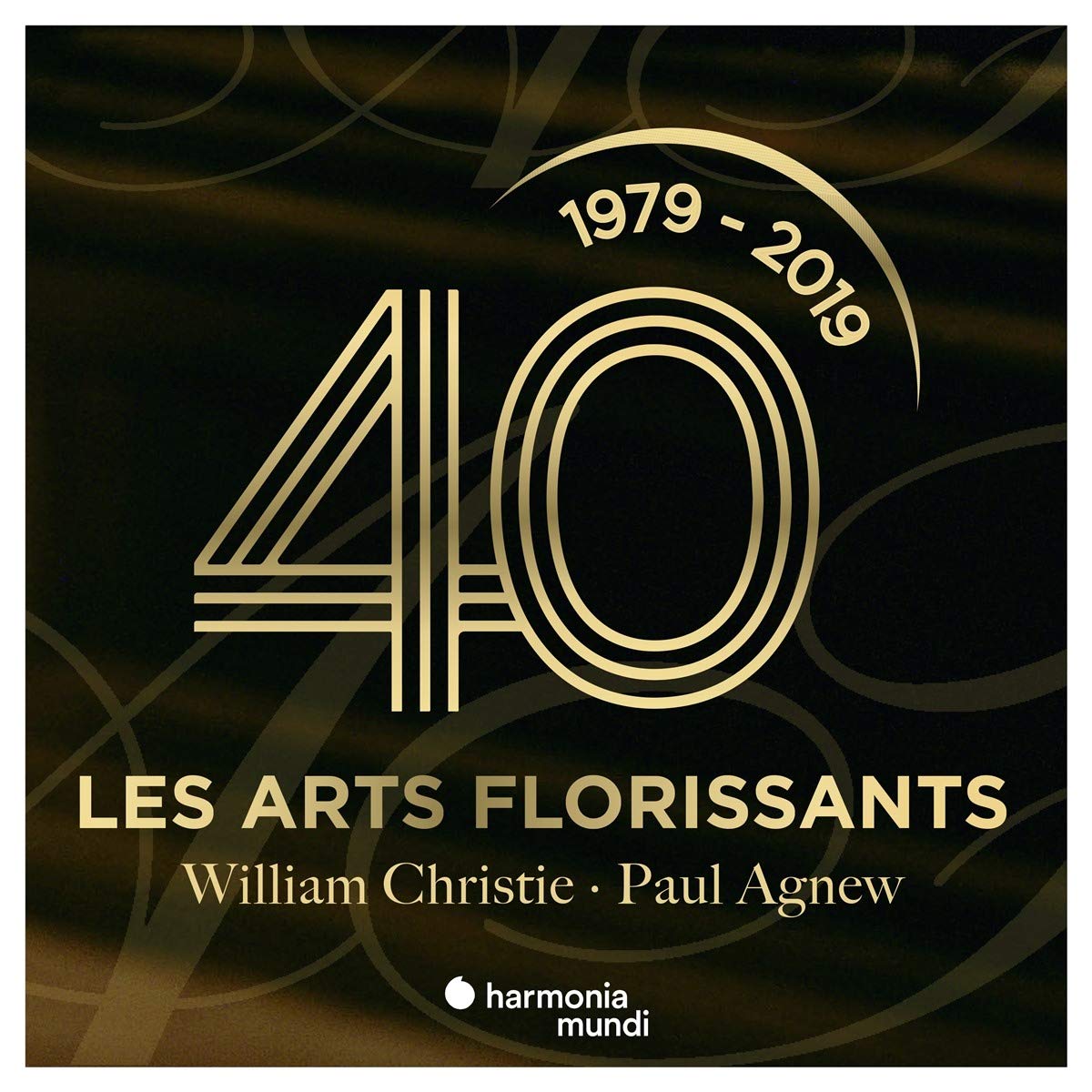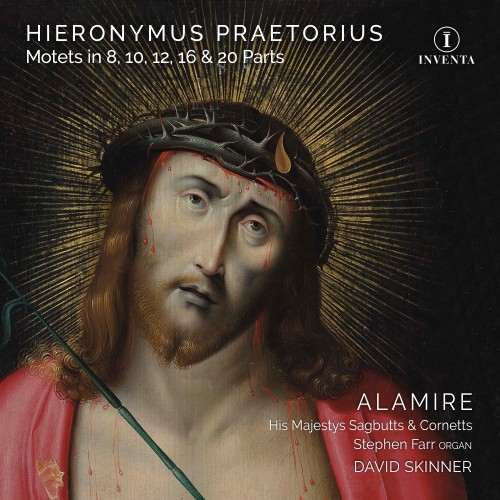La Venexiana, Claudio Cavina
208:44 (3 CDs in a card triptych)
Glossa GCD920943
Claudio Cavina’s La Venexiana has hit on a good way of presenting the Selva morale e spirituale, Monteverdi’s late collection of music (largely) for the church, which they seem to have recorded way back in 2005, in the week-long festival of Church Music in Cuenca in Spain, but have only released in this form this year.
The music is divided between three CDs, the first two cast in the form of extended settings of Vespers and the third as a Missa Solemnis. This enables them to use almost all the religious music in the great compendium. I say ‘almost’ advisedly. For example, the seven-voice Gloria is substituted for that in the Missa for four voices, and the Credo has the fuller scored Crucifixus, Et Resurrexit and Et iterum substituted for those parts. The third Confitebor finds a place as the Offertorium in this third CD and Memento Domine David (Psalm CXXXI – 132 in the Coverdale scheme) is squeezed in as a kind of Post Communion, with a couple of Marian pieces – the extended Salve Regina – Audi cœlum verba mea and then the Pianto della Madonna doing duty for the Angelic salutation at the end of mass. There is no space for two of the hymns or Ab æterno but everything else religious is there in the three CDs that total 210 minutes.
La Venexiana in those days comprised three soprani and an alto (Cavina) with two tenori and two bassi, with SAATTB ripieni; two violini, four tromboni, violone, organ and two chitarroni complete the band.
Like Monteverdi’s better-known 1610 publication, the later collection exhibits Monteverdi’s dazzling ability to write in a wide variety of styles, to use parody techniques, and to provide music for virtually every kind of occasion. Selva is less coherent as a collection than 1610, but Cavina’s shaping of the material shows how versatile and useful his late assemblage proves to be. For the most part, his ‘scoring’ is exemplary, even if some of the voices – especially the soprani, with a pretty dramatic and so at times rather vibrato-laden tone – are probably not what everyone would choose 14 years later. If you were brought up – as I was – on Andrew Parrott’s Reflex/EMI recording of some of the Selva material in Vespers format with Emma Kirkby singing, nothing will quite replace the clarity and vivacity of that ground-breaking 1980s disc.
The performances, with a good deal of vocal OVPP singing, are stylish, if slightly dated. The broken voices blend well, and balance – including contrasts between florid solo singing and more substantial homophonic writing – are carefully worked out and executed. It is good to have (almost) the whole of the Selva available in a coherent form – I have reviewed other partial collections in the past few years – but this doesn’t quite set me on fire as I had hoped.
Partly it is the acoustic, which make much of the music sound too distant or just a bit foggy – it may well reflect the reality of Venice in the 1630s and 40s, but it is nowhere near as good as the continuing series of Schütz, for example, published by Carus to coincide with their new complete edition. Partly it is the feeling of sameness, which characterises the very different styles. Seconda prattica and various older styles rub shoulders and I was expecting a greater degree of differentiation.
But with these small reservations, I welcome this undertaking. I just wish that Andrew Parrott would gather today’s equivalent of his 1980s, and give us the rest!
David Stancliffe
